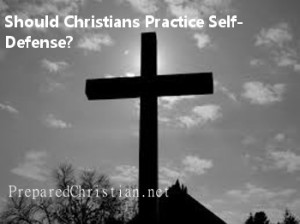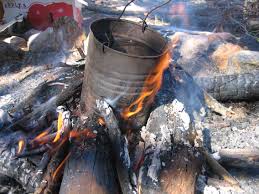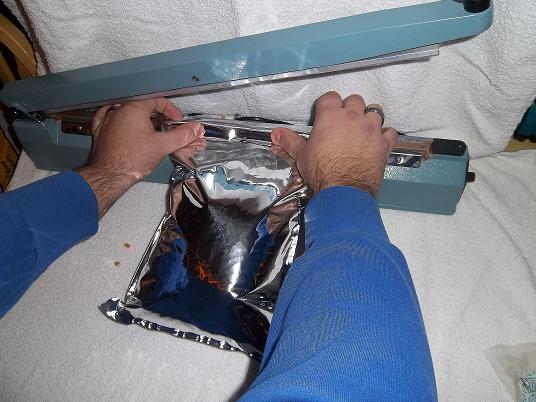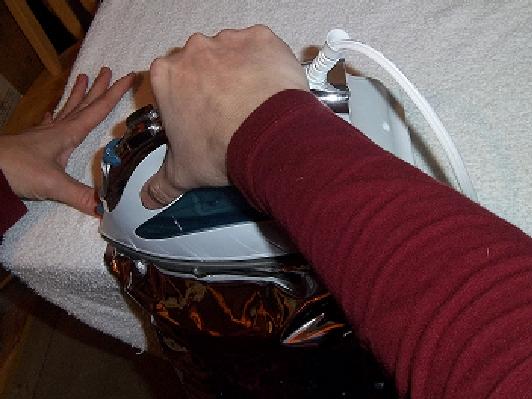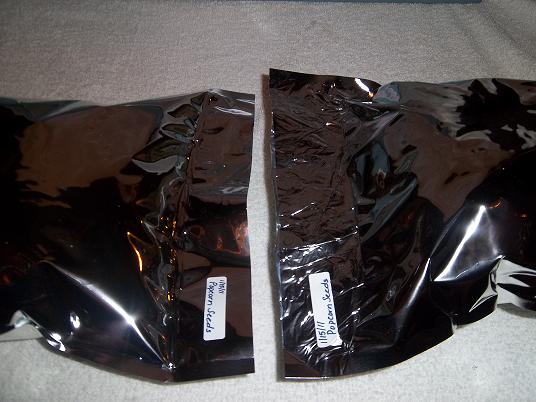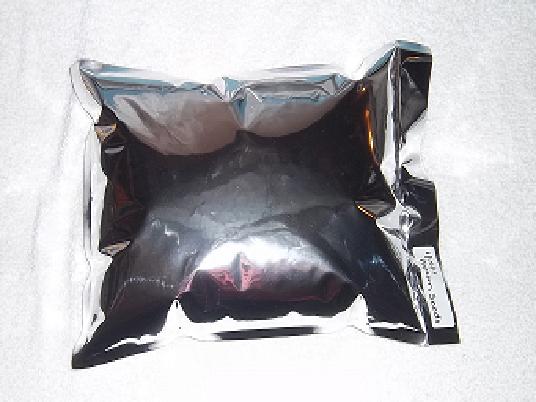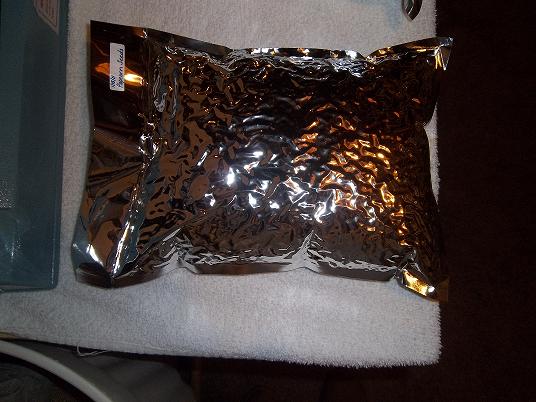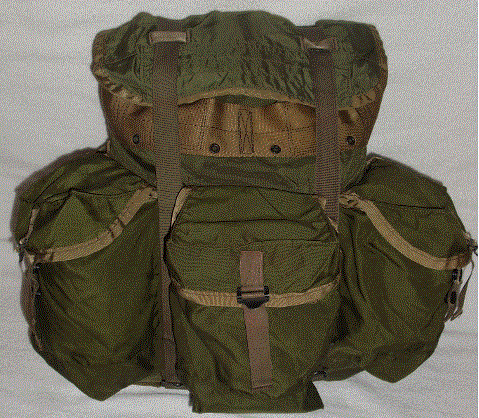
I see BOB’s as a bag that is used to either get to the BOL or support you for three days away from home. Where those three days are spent is going to determine the gear you plan on bringing as will the season that you might be in. If you plan on hoofing it and spending three days in the outdoors, weight is going to be a huge factor. If you plan on BO to a hotel and staying there for three days, weight isn’t as big of a deal. It should still be kept as light as possible just in case you need to carry it for any length of time.
As I mentioned in “Bugging Out or Battening Down” , I think everyone should have a BOB. There could always be an event in which you only have time to grab it and go. With that in mind, here is a simple list of items you might want to include in your BOB.
Keep in mind that if you have a family, each person will not need every piece of this gear. There are some pieces of gear that a family will only need one of.
This is not a comprehensive list, it is meant as starting point, to give you ideas. Change this list to fit you and your family.
Clothing
Clothing will vary the most, depending on the season and the region where you live.
Undergarments 3 pair
Thermal underwear 1 (seasonal)
Socks 3 pair, if cold climate then 3 additional wool pairs
T-shirt 3 pair
Long sleeve shirt 1-2, even if in a warmer climate as this will protect against the sun
Sweatshirt 1
Jeans or cargo pants 2-3
Shorts 1-2
Seasonal jacket 1
Bandanas 2-3 (many uses)
Watch cap 1
Shoes or boots 1 these need to be trusted. A blister or rolled ankle and you’re done.
Heavy-duty belt. 1
Poncho 1
Sun glasses 1
Leather work gloves 1
Shemagh 1 (Used for head wrap, scarf or even a sling)
Ball cap 1 (any type of hat to keep the sun off of your face)
Shelter
I recommend having some basic gear to make shelter in the outdoors, just in case.
Small tent 1
Small tarp 1
Sleeping bag 1 (rated for climate in your region)
Paracord 100’
Contractor trash bags 2-3 (many uses, including placing your BOB in it to waterproof)
Food and water
Here are some ideas on what you could bring.
Means to purify water, here are some suggestions from The Storage, Filtration And Purification Of Water
Mountain House pouches
Beef Jerky
Mixed nuts
Trail Mix or GORP
Dehydrated veggies for soups
MRE’s, lifeboat rations
Your favorite mixed spices
Collapsible 5-gallon water container
Canteen or Guyot Designs Stainless Steel Water Bottle (I prefer metal containers (no BPA)
Hard plastic plate and cup
Small bottle of dish soap
Fork, knife, spoon
Tools
Machete
Multi-tool
Fixed blade knife
Folding knife
Compass
Flashlight or headlamp
Cooking pot
Water proof matches, lighter or another means to make a spark
Cotton ball mixed with Vaseline or char-cloth, for tinder
Small sewing kit
Whistle
Hunting / Security
There are plenty of arguments on this subject, the great “One Gun” debate. I think you bring what you have and what you are trained with. If weight isn’t a concern, I would recommend a handgun, a rifle and a shotgun as well as a .22 and 100 rounds for each, maybe more for the .22.
Pets
We have four dogs, so each of us has a mini BOB attached to our BOB that has pet supplies in it.
A travel carrier or kennel might be a good idea, less chance of them getting loose.
Extra collar and leash
Prescription meds
dog food
toys
a length of rope for a dog run might be a good idea as well.
Miscellaneous
Prescription Medications
Basic First Aid kit
Imodium
Cortisone cream
Sun block
Chapstick
Bath towel
Insect repellent
Toilet paper
Important papers, license Ect
Toothbrush and toothpaste
Liquid soap
Wet wipes
Cash in small denominations.
Epipen if needed
Duct tape
Feminine products
Fishing pole and tackle
Small New Testament
Small notebook
Pen
Map of area
Trial size shampoo
Special Needs
I once saw an Autistic boy that was very attached to a certain type of eyeglass case. In a situation like this, there should be an identical item in the boys BOB. If the person with special needs is unable to carry their BOB you can mitigate this with a Folding Hand Truck.
The Bag Itself
I don’t think you need to spend a huge sum on the bag itself unless you do a lot of hiking and camping. You also don’t want to buy the cheapest bag you can find either. I paid $35-$50 for military surplus bags. If you go with military surplus, make sure they are in good repair, no holes, no broke or missing buckles.
Other resources
There are more sites out there than I can count that touch on this subject. Here is one site that only deals with BOB’s and BO called “Bug Out Survival”. The owner has also written a book called “Bug Out”. This website gets much more in depth and might be of interest if you want to explore the subject more.
Minimus is a great resource for lightweight, travel and individual wrapped items.
Please click here to vote for Prepared Christian as a top Prepper site!
If you liked this article please think about sharing it on the social media listed below, thanks!

